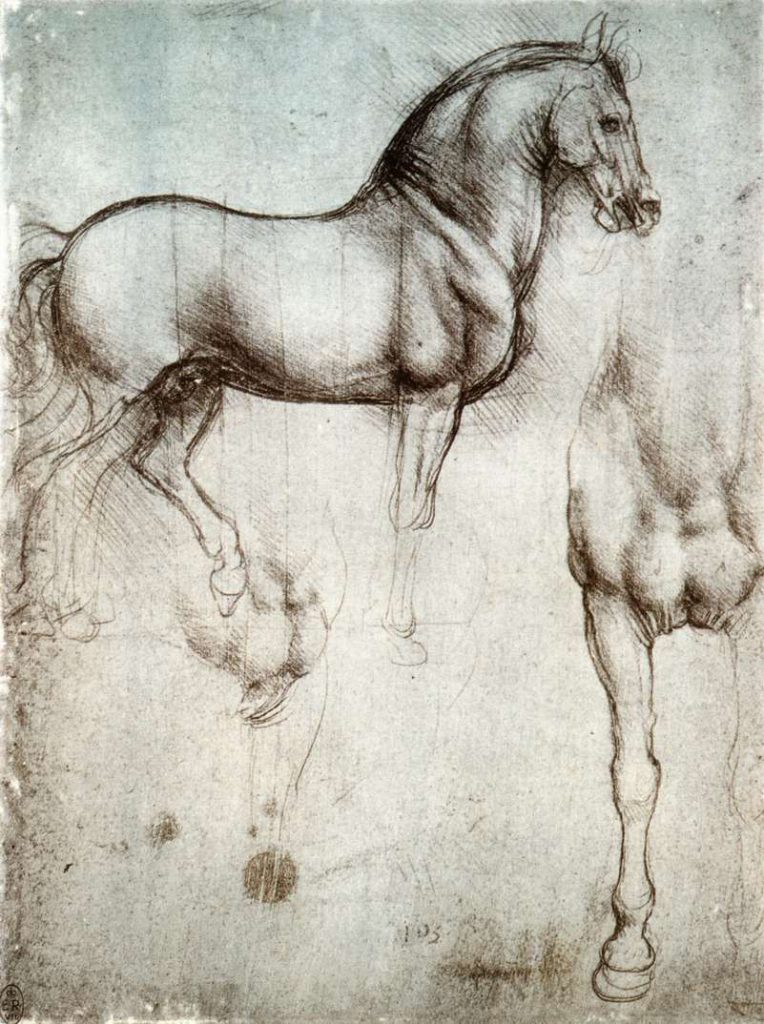Horsemanship Level 2: Identification
Part II: Points, Colours and Markings
Last week we looked at breeds and types, which is the most general way of identifying horses. This week we'll narrow down and look at more specific identification.
Points
Your horse's anatomy forms an important part of his identification and is helpful in communicating with others. You might have to tell the vet over the phone that your horse has a cut on his near hind gaskin, just above the hock; or you might make a note on his identity sheet that he has a few white hairs behind his poll on the off side. For Level 1 we asked that you know 20 simple points of the horse. For Level 2 you'll need to know them all, including the external parts of the hoof. They can be found on the frontispiece of your Manual of Horsemanship, and by searching 'equine anatomy' online. To test yourself, take a few quizzes, like this one: http://www.purposegames.com/game/points-of-the-horse-quiz
Colours & Markings
For Level 2 we don't expect you to know any more coat colours than necessary for Level 1, but we do want you to add markings into the mix. Markings are white areas on the legs and face, black spots within those areas, and black areas on a non-black horse, known as points (not to be confused with anatomical points, above).
Face Markings
Star: a patch of white on the brow which does not extend down the face.
Strip or Stripe: a thin line of white running down the nose, which may or may not be connected to a star.
Blaze: a wide swath of white running the length of the face, approximately as wide as the nasal bones.
Snip: a small white patch on the muzzle
White lip: a patch of white on the lower lip, sometimes from a blaze that continues all the way down the muzzle
Bald face: white that covers the front of the face past the width of the eyes.
Leg Markings
In general leg markings are called socks, but they are further defined by their height.
Coronet: a band of white hairs just above the hoof
White heel: white on the bulbs of the heel only
Half-pastern: white which does not reach the fetlock
Sock: white which is at least as high as the fetlock, but does not reach the knee or hock
Half-cannon: a sock which goes approximately half way up the cannon.
Stocking: a sock that reaches at least in part past the knee or hock.
Unlike human hosiery, horse's socks have irregular tops, so what may appear to be a half-cannon on the inner surface of the leg, may actually be a stocking on the outside.
Ermine Spots: black spots on white leg markings.
Colour Points
These are the black areas which help define horses like bays and buckskins, and are often present on young greys as well. The five colour points are: tips of ears, muzzle, mane, tail, and legs. Not all bays and buckskins will show black in the muzzle and ears, but mane, tail and legs will always have black. Some horses will also show a dark dorsal stripe, which is a continuation of the tail colour, running along the spine.
Defining markings is never cut and dried, and what is a sock to one person is a half-cannon to another.
Colours are also slightly vague with variations like rose grey, strawberry roan silver black, seal brown, etc. However, I find the genetics of coat colour fascinating. This is not a requirement for any of our Horsemanship levels, but if you are interested in learning more about coat colours and genes you can play with this fun colour calculator: http://www.animalgenetics.us/ccalculator1.asp
Next week: routines of the horse
Horse Archery is Here at Last!
I'm very excited about the Mounted Archery workshop led by Robert Borsos of Borsoz Torz Archery coming to Red Colt this Sunday. There is one last spot left in the Mounted section (you must have Riding 2 to participate from horseback) and several places available for working from foot (no experience necessary).
date: Sunday May 5th
time: 1-4 pm
location: Red Colt Equestrian Farm Co-op, 12320 No 2 Road, Richmond
cost: $60 + gst
Call the front desk soon to sign up: 604 568 9907
Here's a preview:
Congratulations!
Congrats to all our Cavaliere students who assessed riding and horsemanship levels on Sunday. Katie, Nicole and Greg were studious and thorough and easily passed their Horsemanship 1. Josephine, Roland and Chris all demonstrated good form and solid riding skills while passing their Riding Level 2. Well done everyone!
Starting in May, Cavaliere Classes move to Saturday afternoons from 4 - 7:30pm. We are starting a new cycle of class on the 11th, so this is a great time to get started, and enjoy those mellow summer evenings at the barn.
Upcoming Cavaliere classes:
May 11 & 18
June 1 & 22
For those looking for extra riding lessons I am offering some time slots on Monday & Friday evenings, and Tuesday and Wednesday mornings. Contact me directly at jennifer@academieduello.com to book.
Jennifer Landels, Maestra di Scuderia
Academie Duello Cavaliere Program
